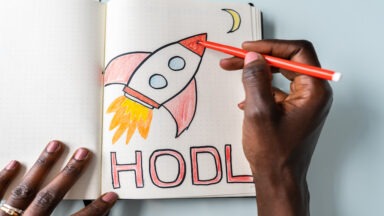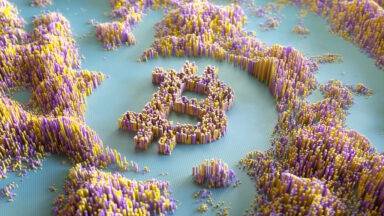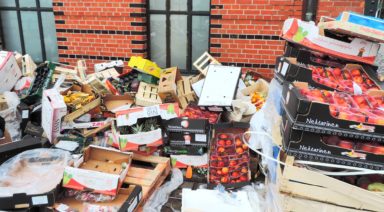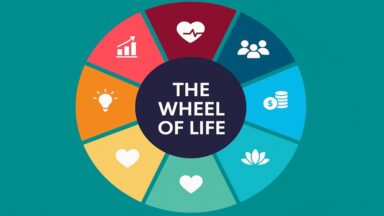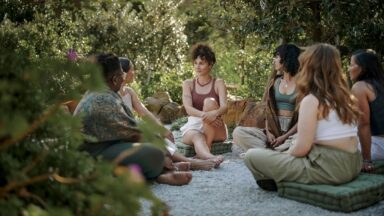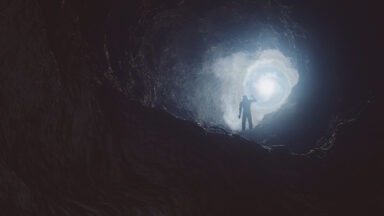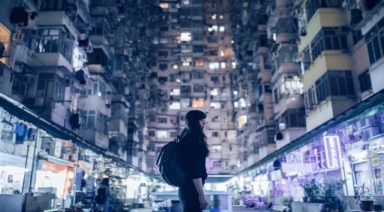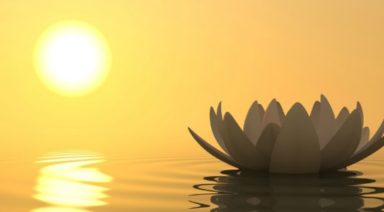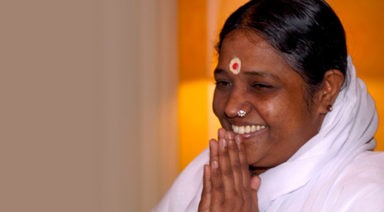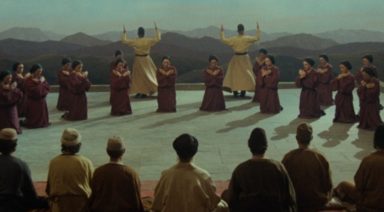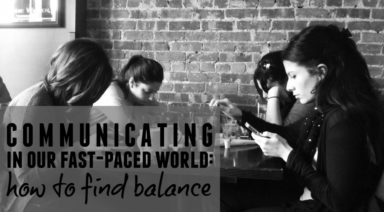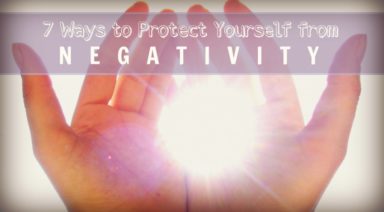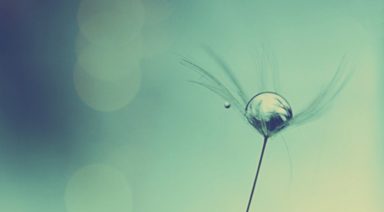Eliminate Trash From Your Life By Going Zero Waste

We live in a wasteful society that solves every inconvenience with a disposable product. Plastic bags, cutlery, Tupperware, packaging; all of these conveniences add up, don’t easily biodegrade, and are often unable to be recycled. Not to mention, all of these products are traditionally made from oil, creating an incredibly unsustainable, dirty, and environmentally devastating cycle. But there are people working to solve this crisis by eliminating trash from their lives and showing the world how to go zero waste.
The Zero Waste Lifestyle
One of the icons of the zero-waste home movement, Bea Johnson, implemented a minimalist mindset within her family, that cut her household’s annual waste down to about a 12-oz. jar of a random assortment of plastics. She has inspired her family to commit to this goal and in so doing, saved money, created a healthy lifestyle, and drastically reduced their carbon footprint.
Her first and foremost rule is to refuse anything you do not need. By saying no to disposable plastics and paper, you are doing your part in eliminating the demand for those products.
Johnson says zero waste doesn’t mean more, but rather less recycling, by preventing waste in the first place. The majority of plastics that can be recycled can only go through that process one time before they end up in landfill.
When it comes to household plastics, glass jars, bowls and bottles make convenient, reusable replacements. And when you go to the grocery store, buying non-perishable foods in bulk to fill those glass jars saves time, money, and the environment.

Zero waste home enthusiasts are thrifty when it comes to toiletries and beauty products. Without sacrificing hygiene, it’s possible to make homemade versions of toothpaste, make-up and facial lotions. Buying castile soap in bulk is their secret to replacing household cleaners, which can double as soap for the shower. And baking soda is another multi-faceted product that has endless applications for cleanliness.
After implementing these zero waste lifestyle changes in her family’s routine, Johnson found they were healthier due to a lack of chemicals in the household and more mindful eating habits.
She also found her family saved about 40 percent of their income compared to prior habits. This allowed them to save money to invest in renewable energy through solar panels, contributing to future conservation and savings. It also allows her family to take vacations more often, cultivating a conscious lifestyle that values experience over material goods.
Cities Implementing Zero Waste Living
A number of cities passed, or are in the process of passing, legislation that aims to target zero waste living goals within the coming years. Some cities, including San Francisco and Portland, are leading the charge, making most municipalities look downright wasteful.
True to its nickname, the Golden City has already achieved 80-percent waste diversion, while Portlandia barely trails behind at 70 percent. But when it comes to urban refuse terminology, zero waste implies only 85-percent waste diversion, not entirely trash-free.
In comparison, that percentile is lightyears ahead of most cities that size, as well as what most cities are even striving for in the coming decades. Dallas, Texas sluggishly plans to hit 60 percent over the next 12 years.
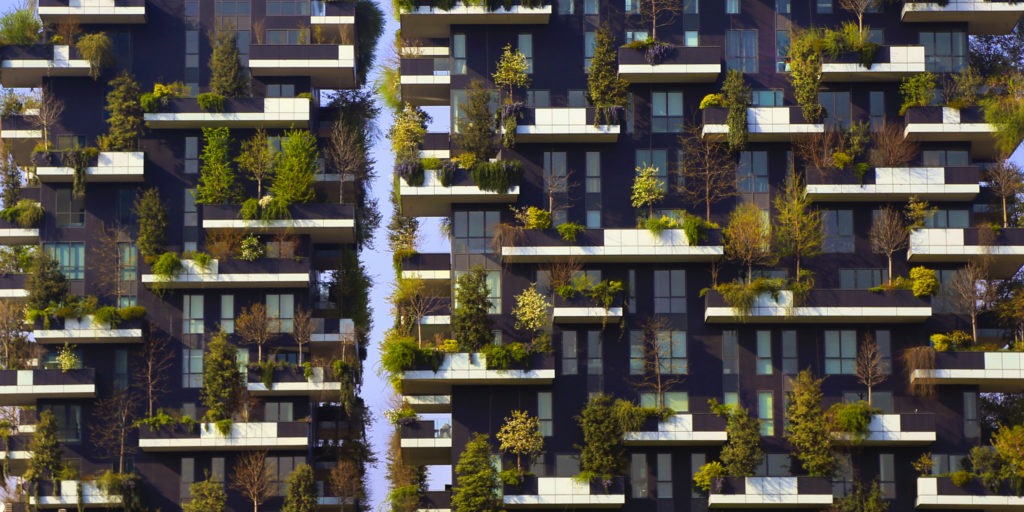
Even in cities with a reputation for being progressive, such as Boulder, CO, waste diversion isn’t where one might expect it to be. While the city is actively working to implement a bullish zero waste program, Boulder’s current system only diverts 34 percent of its rubbish. Although, with its latest plan, involving upgrades for its recycling center, financial incentives for businesses, regulations and advisory programs, Boulder hopes to reach 80 percent diversion by 2025.
The city says 90 percent of the trash that ends up in its landfill is either recyclable or compostable, meaning the zero waste goal is mostly a matter of policy and logistics. In the past Boulder implemented policies with reduced waste intention, including a 10 cent tax on all plastic bags, but some cities took that a step further, banning them entirely.
Zero Waste Girl
Another luminary for those seeking an example in the zero waste movement is Lauren Singer, a.k.a. the zero waste girl, who has become Johnson’s disciple, spreading the good word about the zero waste lifestyle. Just like Johnson, Singer can fit her past few years’ waste inside a mason jar and has become somewhat of an internet celebrity for her refuse-free savoir faire.
While studying at university, Singer found herself internally passing judgment on a classmate for her callous use of plastic bags and disposable goods. As an environmental science major, she imagined herself on a moral high ground, appalled by what she saw.
Then she went home and realized her fridge was packed with plastic wraps, Tupperware, and disposable products. She immediately realized the hypocrisy and dismounted her high horse to join the radical green revolution.

Singer’s youth appeals to the millennial generation that asks, “How can I do this when I live in a city, imbibe, and lead a busy lifestyle?” Her simplistic solutions proved anybody, no matter where you live or what you do, can significantly, if not entirely, reduce waste.
With the craft brewing (and distilling) movement becoming almost omnipresent, you can buy a glass growler and fill it up at the brewery down the street, and this is precisely what Singer does. This is almost always cheaper than buying beer at the store, as is everything that doesn’t have to be packaged. Johnson noted 15 percent of the cost every time you buy something goes toward packaging, so if you eliminate that element, you’ll save at least that much every time.
One brewery is also working on recreating the plastic six-pack rings that are so damaging to the eco-system by producing edible rings. Even when you cut up the rings and feel like you’re doing your part to save the turtles from suffocating, they eat them anyway. For so long, this has been such a destructive issue, that was solved with a relatively simple, zero waste solution that just required conscious effort.
You’ll find numerous organizations these days championing this mindful sentiment by spreading awareness and petitioning governments to implement these policies. This is a systemic problem, as we were brought up in a society of waste. Though most of us are unaware that we even do it; it’s ingrained in our culture. Once we start making and demanding change we can reverse some of the damage we’ve done and create a better future.
Can Meme Stocks Shift the Economy in Favor of the Little Guy?

The financial system has been turned on its head in the past few months with the rise of what has been named “meme stocks.” But is this grassroots movement of regular everyday investors a passing trend? Or could they really transform the way our economy works going forward?
“Meme stocks,” called such because they are ordinary stocks fueled by people through social media, can spike in value based on the zeitgeist and not the fundamentals of the companies they represent, and as a result can often be highly volatile. Made famous by the popular subreddit r/wallstreetbets, this is truly a grassroots movement.
But even with the volatility that comes with these stocks, investors are not shying away from them. Many investors are doubling down, despite warnings from financial institutions, or perhaps in spite of them. But what is driving the popularity of meme stocks, and why do they continue to grow contrary to what markets dictate?
Zeus Yiamouyiannis, author of “Transforming Economy: From Corrupted Capitalism to Connected Communities,” explains:
“Well the first thing I think is the larger social phenomenon of the little guy getting screwed, and the big guy rigging the game. And it has never been any more rigged and the concentration of wealth has never been more dramatic, and so what happens is it creates this groundswell of desire to strike back at an unfair system, to strike back at these profiteers, and to win one for the little guys.”


